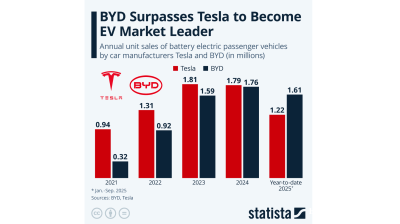The National Bank of Ukraine (NBU) has revised its economic forecast for this year upward from 1.6% year-on-year to 2.2% y/y saying that the nation's economic growth in 2017 will be stronger than expected.
"This was the result of a more favourable than expected effect from both internal and external factors on the economic performance of most sectors in the second and the third quarters of the year," the statement reads. "GDP growth is expected to speed up to 3.2% and 3.5% in 2018 and 2019 respectively."
The International Monetary Fund (IMF) confirmed its forecast for Ukraine's 2017 GDP at 2% y/y, according to the multinational lender's World Economic Outlook published in October.
"Private consumption will continue to be the main driver of economic growth in these years, thanks to higher wages and pensions, better consumer sentiment and a pick-up in consumer lending," the NBU added in the statement.
According to the central bank, imports will rise further, driven by a pick-up in consumer demand, higher investment and an increased need for imported energy carriers. Exports will also grow due to, among other things, the expected return of metallurgical companies to their previous production levels, favourable external conditions and the large output of the food industry.
In April, the NBU revised its 2017 GDP forecast from 2.8% to 1.9% growth year-on-year due to expectations that the trade blockade in eastern Ukraine and the loss of the production facilities in the rebel-held areas in the Donbas region will decrease the output of some industries. Then, in July, the NBU revised its 2017 forecast for real GDP growth downwards even further to 1.6%. The move was attributed to the poor economic performance in the first half of the year, primarily in services, and the revised crop yields assessments. Industries most susceptible to the severance of production ties with the rebel-held Donbas territories – the mining and metals sector, energy and transport – were predicted to underperform.
Data

Russia's central bank cuts rates by 50bp to 16.5%
The Central Bank of Russia (CBR) cut rates by 50bp on October 24 to 16.5% in an effort to boost flagging growth despite fears of a revival of inflationary pressure due to an upcoming two percentage point hike in the planned VAT rates.

Ukraine's trade deficit doubles to $42bn putting new pressure on an already strained economy
Ukraine’s trade deficit has doubled to $42bn as exports fall and imports balloon. The balance of payments deficit is starting to turn into a serious problem that could undermine the country’s macroeconomic stability.

BYD surpasses Tesla to become EV market leader – Statista
While Chinese manufacturer BYD already pulled ahead of Tesla in production volume last year, with 1,777,965 battery electric vehicles (BEV) produced in 2024 (4,500 more than Tesla), the American manufacturer remained ahead in sales.

Estonia has the world’s most competitive tax systems for the 11th year in a row – STATISTA
The Tax Foundation has released its International Tax Competitiveness Index which highlights the most competitive tax rates in different countries around the world. For the 11th consecutive year, Estonia had the highest score in the index.


